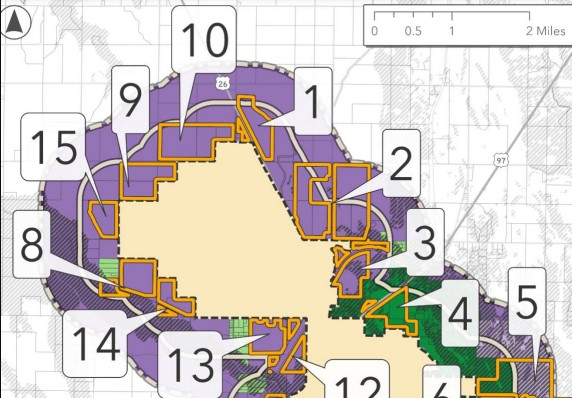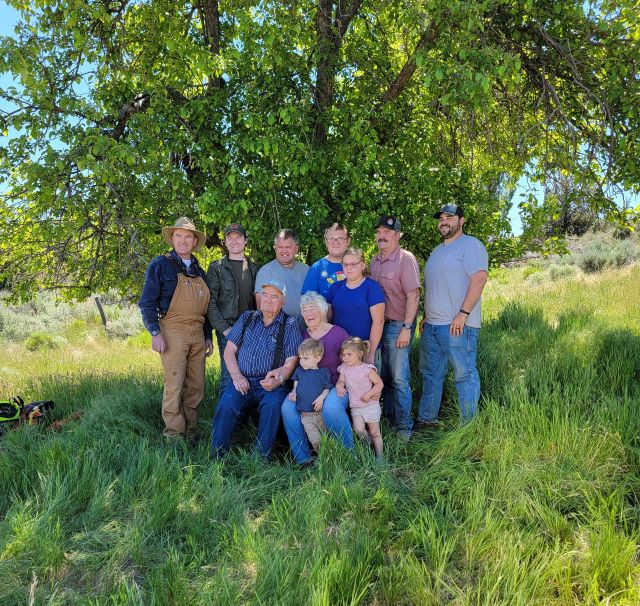EPA lifts emergency order, confirms safety of Warm Springs drinking water
Published 9:31 am Friday, May 30, 2025

- In this June 22, 2022, file photo, Chico Holliday, left, Warm Springs water and wastewater supervisor, and Ron Palmer, plant engineer and operator, examine the aging filtration system in the Warm Springs Water Treatment Plant. (Bulletin file photo)
After nearly six years under a federal emergency order, the Confederated Tribes of Warm Springs have returned to compliance with the Safe Drinking Water Act, the U.S. Environmental Protection Agency confirmed in May.
The closure of the EPA’s Emergency Administrative Order, issued in May 2019, marks a major milestone in the Tribes’ long-running efforts to repair and modernize their aging drinking water system. That order came after years of repeated water pressure failures, service disruptions and boil water notices across the Warm Springs Reservation.
The turning point came in 2021, when the Tribes gained access to $7.8 million in state funding allocated by the Oregon Legislature. That infusion of support — combined with partnerships with multiple federal agencies — allowed the Tribes to begin addressing years of underfunding and deferred maintenance.
“Ensuring consistent access to clean drinking water is our first priority to our nation, and it improves the quality of life for our membership now and into the future,” said Dennis White, chairman of the Warm Springs Tribal Council. “We have always worked diligently to maintain the water system to the best of our abilities with the funding and workforce that we have. We have great working relationships with our neighbors in the state and federal government that assist our nation with taking on larger projects.”
Key upgrades included replacing antiquated equipment and controls at the Dry Creek Water Treatment Plant, installing two water main crossings at Shitike Creek and the Warm Springs River, rebuilding 27 pressure reducing valve systems, and conducting a full leak detection study. The Tribes also created water and wastewater master plans to guide future maintenance and development.
Chico Holliday, general manager of public utilities for the Tribes, said closing out the federal order is proof that the investments are working.
“In recent years we have been making up for decades of undercapitalization,” Holliday said. “The closure of the Emergency Order is the latest proof that our hard work is paying off. This also provides further evidence that the Warm Springs drinking water quality consistently meets and exceeds standards.”
In 2024, the Indian Health Service tested drinking water on the Lower Deschutes River and told Tribal Council the results rival some of the best in the country. Meanwhile, the Tribes are in the process of designing a new water treatment plant, with 30 percent of the design completed as of last September. The full project is expected to take seven to 10 years.
The total cost to rehabilitate and rebuild the Warm Springs water system is estimated at $125 million. The Tribes continue to pursue additional funding for advanced metering infrastructure, conservation efforts, and further upgrades to the existing plant.
“This work ensures that the drinking water system in Warm Springs will be more resilient and sustainable for future generations,” said Holliday.





